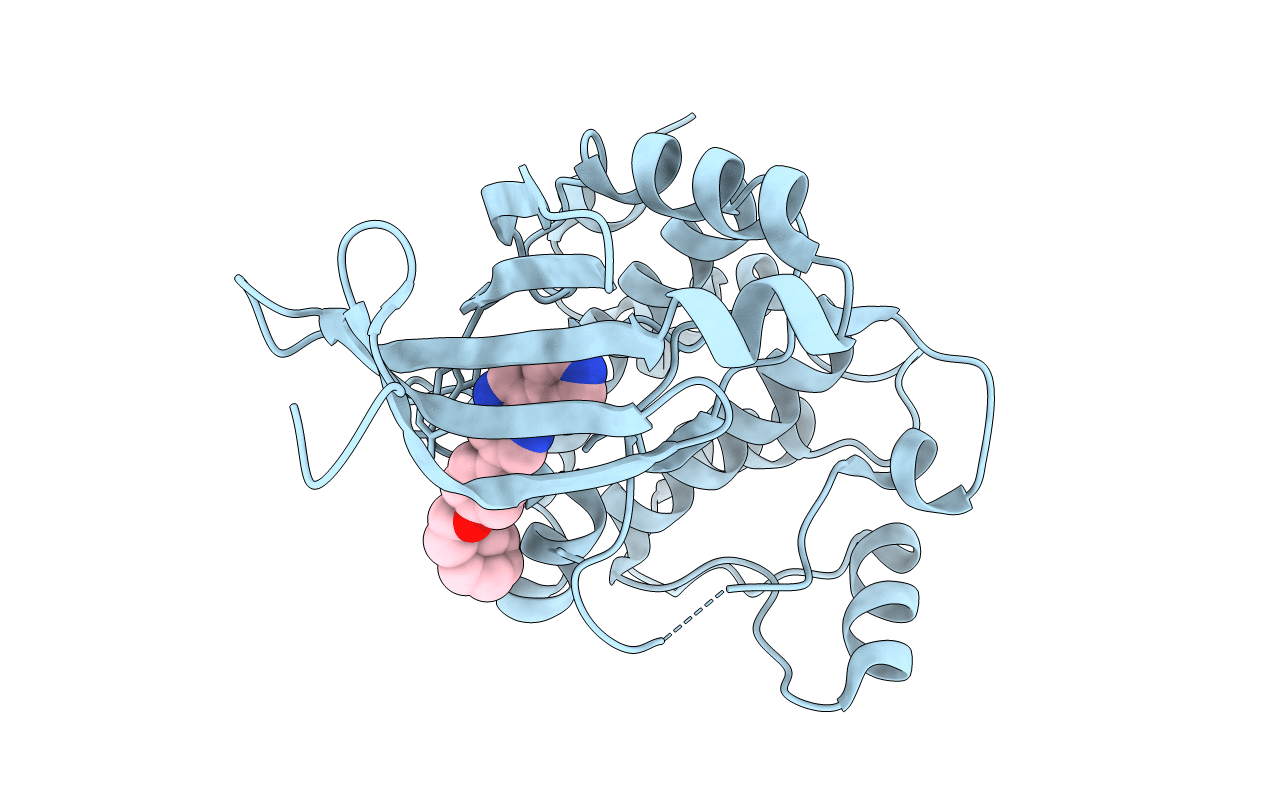
Deposition Date
2010-11-19
Release Date
2011-04-27
Last Version Date
2023-11-01
Entry Detail
PDB ID:
3AQV
Keywords:
Title:
Human AMP-activated protein kinase alpha 2 subunit kinase domain (T172D) complexed with compound C
Biological Source:
Source Organism:
Homo sapiens (Taxon ID: 9606)
Host Organism:
Method Details:
Experimental Method:
Resolution:
2.08 Å
R-Value Free:
0.28
R-Value Work:
0.22
R-Value Observed:
0.22
Space Group:
P 43 21 2


